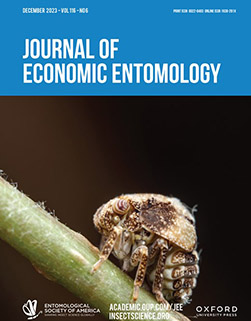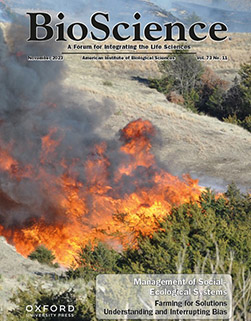All animals share certain fundamental similarities in their forms and behavior, despite their extreme biological diversity. This is likely because gene expression for fundamental traits are similar across species. Scientists think that minor alterations in these regulatory networks give way to diversity. Understanding the structures of these conserved gene regulation networks, and how modification leads to biological diversity both between and within species, are major challenges and the focus of the Gene Networks in Neural and Developmental Plasticity theme. To address these questions, GNDP researchers examine conserved behaviors and key developmental events in a diverse set of animal models, and develop genome-scale datasets from these animals.
Recent Publications from GNDP
View full list of publications from GNDP
From Leaders of the Theme
Even small differences in genome sequence - for example, between individual humans - can translate into an amazing diversity of form, function, and behaviors. Small sequence differences have especially large impacts when they alter the function of regulatory molecules that coordinate genomic response to environmental signals. These “first responders,” including transcription factors, signaling molecules, and regulatory RNAs, interact within regulatory networks to control sequential cascades of downstream genes.
Regulatory networks can be altered by genetic mutation, but they can also be “rewired” in response to experience and other environmental factors through epigenetic modification of the DNA. Mutation of regulatory network components determines inborn aspects of interspecies and individual diversity, while epigenetic modifications in response to environment and experience fine-tune inborn diversity and underlie processes of developmental and behavioral plasticity. Our goal is to define gene regulatory networks that underlie the expression of complex patterns of development and behavior, and to understand how those networks are shaped by mutation and epigenetic events to craft individual and species diversity.
The theme draws together a team of researchers from neuroscience, developmental biology, evolutionary biology, mathematics, bioinformatics, and physics to collaboratively examine how genome networks develop, function, and cause conserved versus diverse behaviors and structure within and between species. Funding for several aspects of theme research provided by the Simons Foundation.







